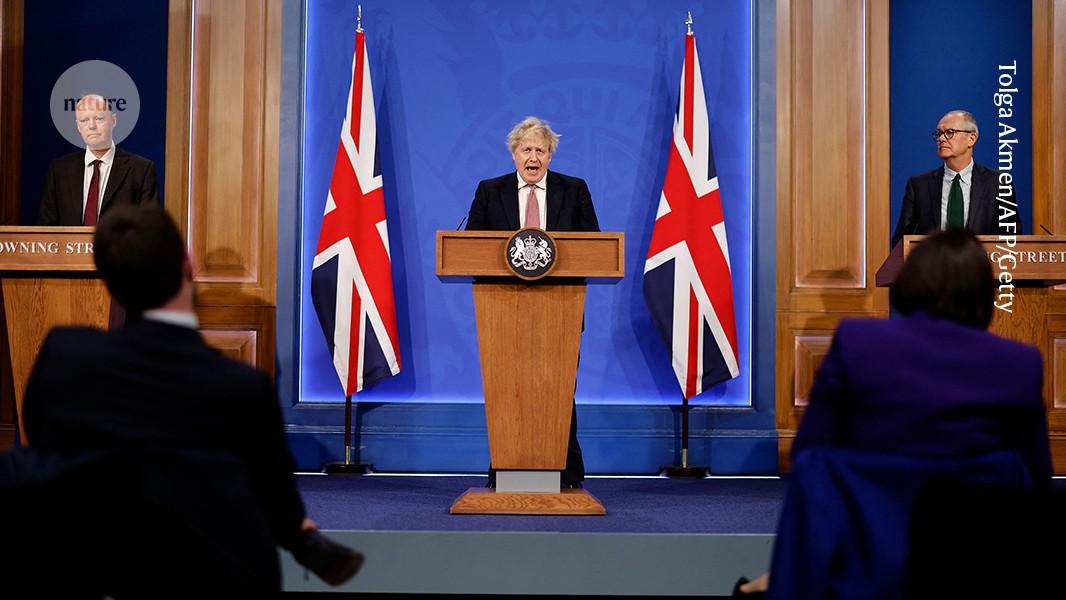Politicians Manipulating Statistics: How they Do it and How to Oppose Them Michael Billig & Cristina Marinho Cambridge Univ. Press (2025)
“What an odd topic — surely you don’t suppose that politicians manipulate statistics? You’re not going to find anything to write about.” As the authors make plain in their introduction to this timely book, no one said this, ever. And yet, precious little scientific work has examined how and why politicians — or anyone in positions of power and responsibility, from chief executives to researchers — manipulate or are tempted to manipulate statistics. UK-based social psychologists Michael Billig at Loughborough University and Cristina Marinho at the University of Edinburgh step into that gap with Politicians Manipulating Statistics. They weave the general manipulation of statistics, their manipulation by leaders and efforts to stem that manipulation into a subtle story of why those in charge massage numbers for their own benefit, and what can be done about it.
A radical manifesto for truth
As a statistician, I am beyond happy with the authors’ position on statistics. They rightly hold that statistics are much more than just numbers: they are numbers with concrete meaning and exist in a specific context. This is even more true of the kind of statistics used by people in positions of power, the sort that often end up being quoted by the media. It is up to politicians and the media to interpret these statistics correctly, and to give them appropriate context. They often fail in the most basic of ways, manipulating the numbers according to their own wants and needs.
Unsurprisingly, perhaps, the name Donald Trump looms large in this book, with a whole chapter devoted to the statistical misdemeanours of the “master manipulator”, from his first term in office to the aftermath of his defeat by Joe Biden in the 2020 US presidential election. This is one of three chapters devoted to individual politicians who have particularly fraught relationships with official numbers; read on for the names of the other two.
Targets corrupt
Given the authors’ backgrounds, it is not surprising that they invoke social psychology to help to explain how statistics become twisted. Early on, they mention Campbell’s Law: an adage developed in the 1970s by US social scientist Donald Campbell1, which states that “the more any quantitative social indicator is used for social decision-making, the more subject it will be to corruption pressures and the more apt it will be to distort and corrupt the social processes it is intended to monitor”. The authors give the examples of a hospital that set a target to reduce infant deaths, creating pressure to record some deaths as miscarriages; and the perverse incentives that can result from a justice system in which police officers are judged on how many cases they close.
After this abstract introduction, the authors examine attempts by politicians to manipulate official statistics — when they don’t just outright lie about numbers. Billig and Marinho break these down into three stages. First, politicians manipulate statisticians, incentivizing them to produce manipulated statistics. Second, statisticians generate those manipulated numbers. Third, leaders use the manipulated statistics to manipulate their audiences.
The authors provide four case studies to exemplify these stages in different political systems: two they classify as autocracies, and two as democracies. These aim to show that such issues are not unique to a single form of government, but endemic wherever the numbers need to say one thing to support those in charge.

Grain trucks in the Soviet Union in the 1930s. Official statistics hid the effects of famine.Credit: CPA Media Pte Ltd/Alamy
The first example concerns the Soviet Union in the 1930s. Here, official statisticians estimated population growth using a variety of information — not least the understanding that, as dictator Joseph Stalin repeatedly emphasized, the Soviet system was superior, and this would be reflected in robust population growth. The statisticians regularly inflated estimates in line with these requirements. Only the 1937 census exposed the disastrous effects of policies such as the forced collectivization of agriculture, which caused widespread famine and millions of deaths in the early 1930s. The census results were rapidly suppressed, the Central Statistical Office was declared to have been infiltrated by “enemies of the people” and chief statistician Ivan Kraval disappeared (or was disappeared). This serves as perhaps an extreme example of the personal incentives that statisticians might feel from politicians to manipulate their data.
The authors’ second example comes from modern China. Here, it became plain around the turn of the twenty-first century that figures for economic growth were regularly being fabricated at the local level2, in direct contravention of national laws. What I find particularly interesting about this case is that the all-powerful central government seemingly retained its concern in the integrity of official statistics, and was outwardly not interested in seeing them manipulated. And yet, the people producing the statistics on the ground still felt an incentive to manipulate them.
Personal pressure
The authors refer in their third study to the story of Graciela Bevacqua, which has become something of a cause célèbre among statisticians3. Bevacqua was head of the group that produced the consumer price index at Argentina’s national statistical authority when, in 2005, she became the centre of a battle with the minister for domestic trade, Guillermo Moreno, who wanted to show that government policies were reducing the inflation rate. In Bevacqua’s telling, after first appealing to her sense of patriotic duty to massage the figures, Moreno resorted to “bullying” and eventually had her and others around her suspended or fired. The authority’s remaining personnel reported the inflation statistics in a way that made the government look good — in the first instance, at least. Bevacqua and others published a rival price index, and the Argentinian government brought charges against her. These were eventually dismissed, and Moreno was found guilty of abuse of authority in a related matter in 2014.



